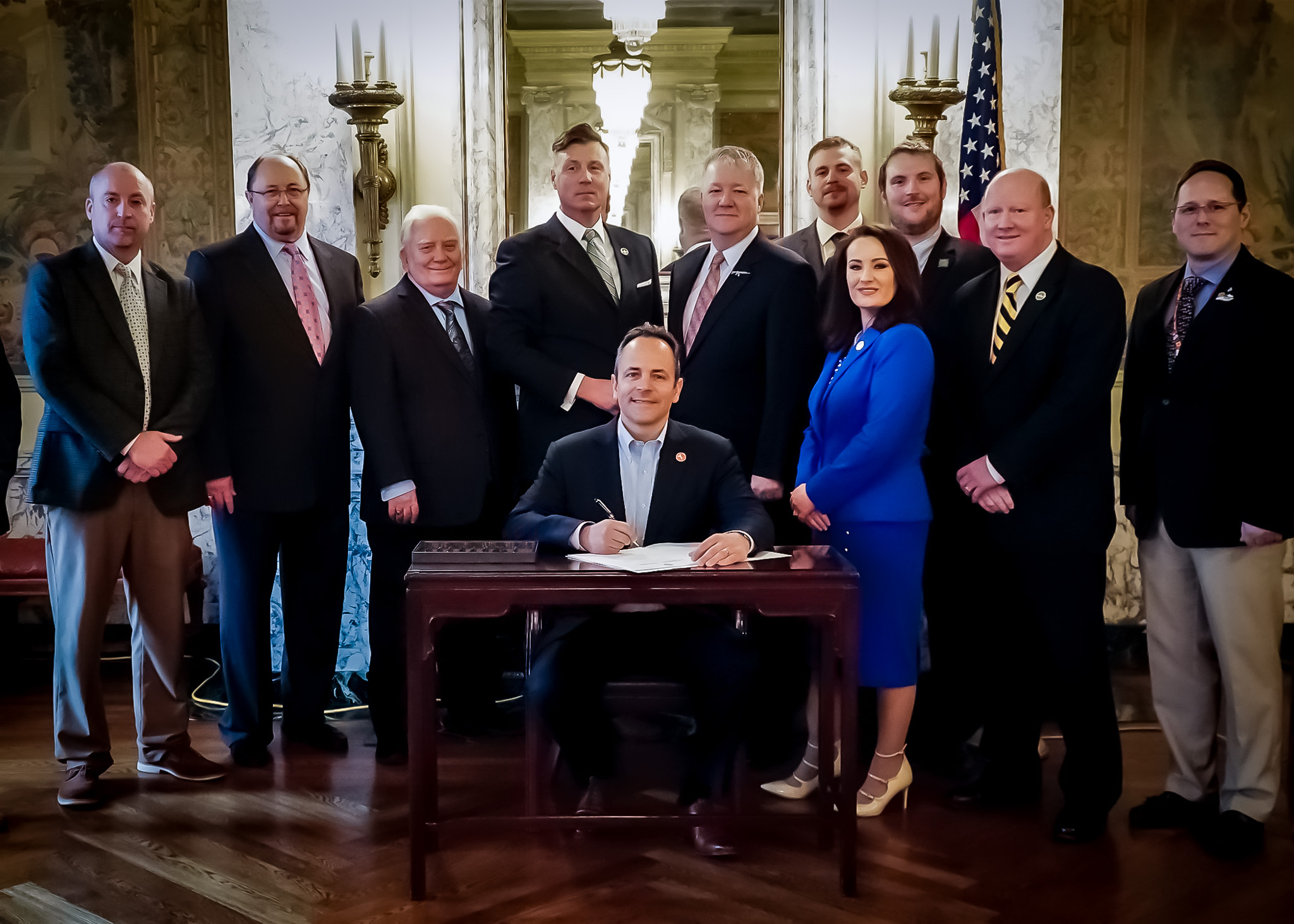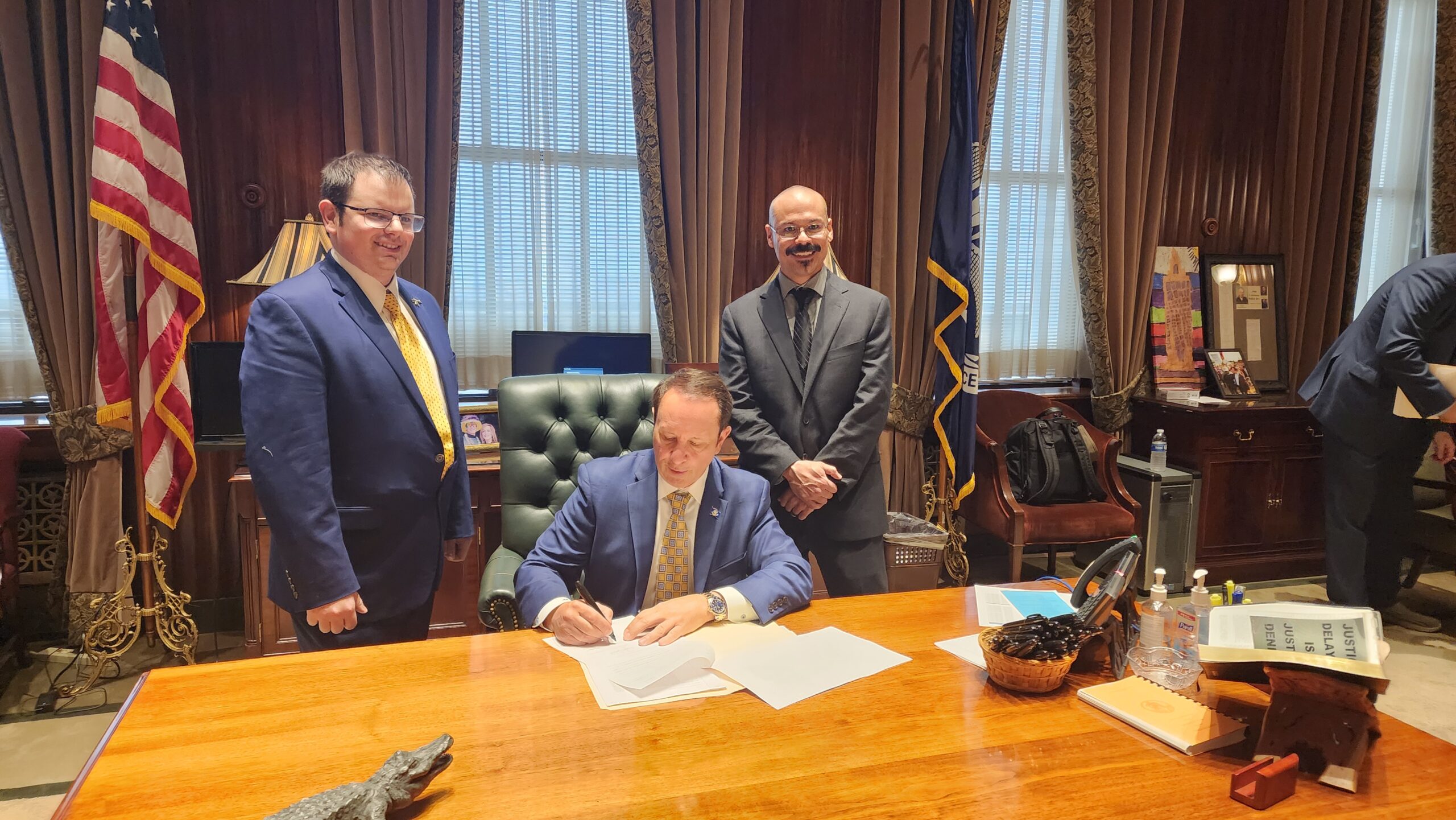FAQs
As part of the National Association for Gun Rights responsibilities, we take providing knowledge of federal law — as it pertains to gun ownership — seriously. The information provided here is meant to inform you of current gun control laws, and is not intended as legal advice or direction.
Copyright by James O. Bardwell, Esq., 1994 – 2019.
Permission is given to reproduce this document or portions thereof with attribution, for non-commercial, or non-governmental use only. No claim to U.S. statutes or regulations quoted herein.
Federal Gun Control Laws
Gun control at the Federal level in the USA is a 20th century creation. The first broad Federal gun control law in the USA was called the National Firearms Act, enacted in 1934. It was loosely modeled on gun control laws enacted in Great Britain after World War I. In 1938 a second law, the Federal Firearms Act was passed. Broadly speaking, the NFA created controls on certain firearms that Congress claimed were the preferred tools of gangsters. The law was based on Congress’ enumerated taxing power under the Constitution. At the time the general legal thought was that the Federal government had limited powers under the Constitution, and one power it lacked was the general police power, a power that was left to the states. Therefore the NFA was modeled as a tax law, on the Federal anti-drug laws that were also premised on taxing narcotics, to create a de-facto ban. The U.S. Supreme Court had already upheld the drug laws, so the drafters of the NFA figured structuring the gun ban as a “tax” would also insulate it from a claim that banning guns was outside the enumerated powers of Congress.
The Federal Firearms Act covered all firearms, and created a system of licenses to deal in firearms across state lines, and began the ban on possession of firearms by certain persons convicted of crime.
In the time since 1934 of course, all pretense of the Federal government having limited, enumerated powers under the Constitution has been dropped. The narcotics laws based on the taxing power were repealed in 1970, and replaced with the bans we see today. Today’s Federal gun control laws do not seek to have any real connection to the enumerated powers the Federal government is supposedly limited to.
These two laws were amended from time to time until 1968, when both laws were repealed and re-enacted, with major changes. The 1968 versions of these laws, with tweaks that have been made since then, are the core of Federal gun control laws in the USA. The 1968 law renamed the revised version of the Federal Firearms Act the Gun Control Act, and kept the name of the National Firearms Act the same. Title 2 of the 1968 law is the National Firearms Act (codified at sec. 5801 et seq.). Title 1 is the Gun Control Act, (U.S.C. sec. 921 et seq.).
These two laws overlap to an extent, with certain firearms being regulated by both laws, and all firearms being regulated by at least one of the laws. Title 1 firearms include almost any device that can discharge at least one shot by means of an explosive (including rifles, shotguns and handguns), silencers, and firearm frames or receivers. A few items are exempt; firearms made before 1899, and muzzle loading firearms. Most NFA weapons are also title 1 firearms. Title 2 weapons are NFA weapons. NFA weapons are also sometimes called class 3 weapons, because a class 3 SOT (see full document for details) is needed to deal in NFA weapons.
These weapons may also be further regulated by states or localities, and while these weapons can be legally owned under Federal law, some states and localities further regulate ownership or prohibit it (see below). The NFA Branch of ATF administers the taxation of the guns, and the registration of them in the National Firearms Registration and Transfer Record (NFRTR).

At the National Association for Gun Rights, we want you to understand the law, and remain a law-abiding gun owner. Please download the document below for a full explanation of the National Firearms Act (NFA), transporting firearms, repairing weapons, penalties for violating the NFA, and useful contact information.
Read our full National Firearms Act report below:
Need more information? Contact us

The National Association for Gun Rights is made up of 4.5 million grassroots activists just like you. Become a member of the nation’s largest no-compromise gun rights organization.
Get in the fight for your Second Amendment rights! Subscribe to our newsletter and be the first to know about breaking news, exclusive events, exciting giveaways, and critical updates that keep you informed and empowered. Don’t miss out—join the movement today!
By participating, you agree to the terms & privacy policy for recurring autodialed donation messages from NAGR to the phone number you provide. No consent required to buy. Text STOP to end. Msg&data rates may apply.